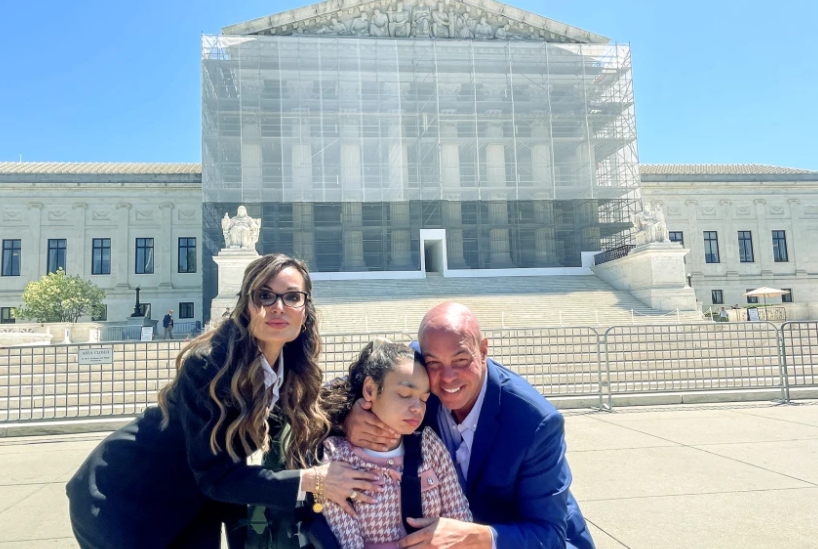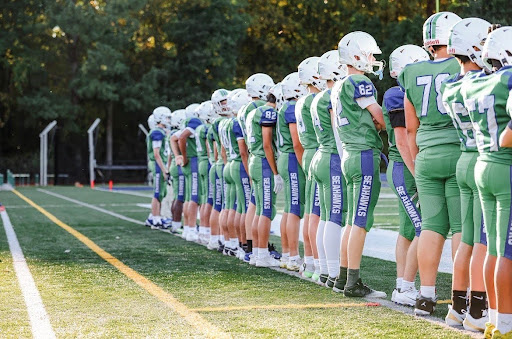The U.S Supreme Court is currently deliberating a pivotal case that could reshape how students with disabilities seek justice when schools fail to accommodate their needs. At the heart of the case is Ava Tharpe, a 19-year old from Minnesota who struggles with a severe version of epilepsy, causing frequent seizures. Arguments for the case were heard on Monday, April 28th.
Due to her condition, Ava is unable to attend school before noon, an adjustment that her previous school in Kentucky was able to make accordingly. Her new school district, however, Osseo Area Schools in Minnesota, declined to provide similar accommodations, offering her a 4.25 hour school day — only about two thirds of what a non-disabled student receives.
Ava’s parents, Gina and Aaron Tharpe, initially secured a favorable ruling under the Individuals with Disabilities Education Act (IDEA), with an administrative judge stating that the district’s reasons for not offering a full day of class were “not credible.”
However, when the Tharpes sought compensatory damages under the Americans with Disabilities Act (ADA) and Section 504 of the Rehabilitation Act, both a federal judge and the 8th U.S Circuit Court of Appeals ruled against them.
The court applied a precedent from the 1982 case Monahan v. Nebraska, requiring proof of “bad faith or gross misjudgement” by school officials — a higher bar than the “deliberate indifference” standard used in other contexts.
The Supreme Court’s decision in this case could have far-reaching implications. Disability rights advocates argue that the current higher standard creates an insurmountable barrier for families seeking redress, while school officials express concern that lowering the threshold could lead to increased litigation and strain on already limited resources.
During oral arguments, several justices appeared skeptical of maintaining the higher standard, leading some to believe that the Court is likely to side with the Tharpes. Justice Amy Coney Barrett noted that applying such a stringent test would represent a significant shift in disability discrimination, describing it as a “sea change.”
Justice Sonia Sotomayor questioned whether the school district had violated procedural rules by advocating for this higher standard without proper notice.
“It would’ve been nice to have known that we were biting off that big a chunk,” she said.
The Supreme Court’s ruling, expected by summer 2025, could set a new national precedent. If the Court sides with the Tharpes, families across the country may have a clearer path to seek damages when schools discriminate against students with disabilities.




















